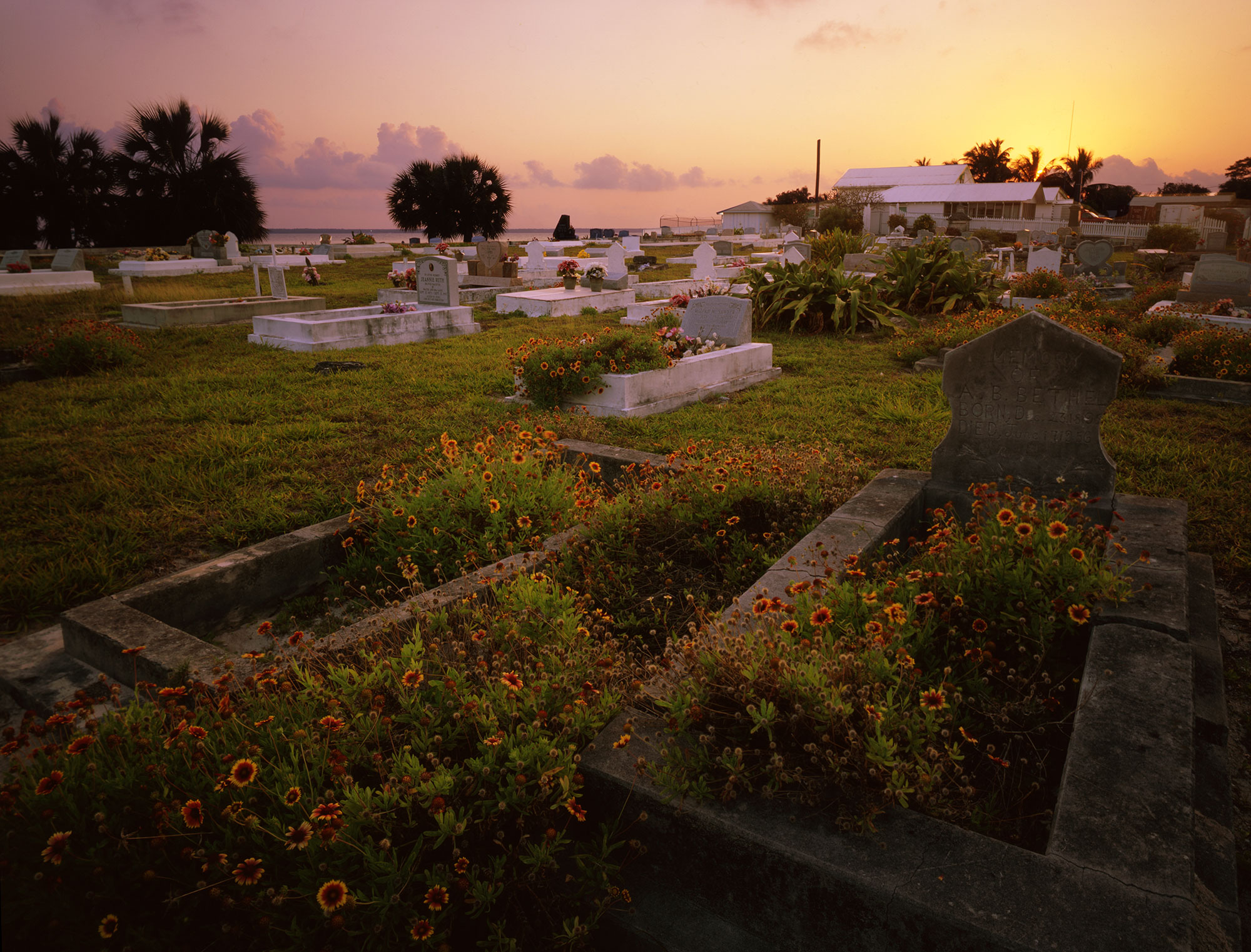West Indies

The Wreckers, Pineapples and Pirates of
Green Turtle Cay
Notes on the history of the lovely Bahamian
island of Green Turtle Cay.
The Bahamian islet known as Green Turtle Cay is named for the hundreds of sea turtles which once inhabited the island’s many Atlantic coves and the shallow waters of protected natural harbors.
Lucayan Indians once lived on Green Turtle Cay, but they were enslaved by Spaniards and forced to relocate to different islands. After they were gone, pirates inhabited those harbors, and referred to the turtles as belly timber, because they were so plentiful, and made for good eating on long voyages.
Now, few sea turtles inhabit the waters off Green Turtle Cay, and even less pirates, but when you arrive on this island, usually by ferry from nearby Treasure Cay, you are likely to enter at New Plymouth, the northernmost town in the West Indies, a harbor town of 450 whose eighteenth and nineteenth architecture is largely preserved. Because New Plymouth has changed so little, its original architecture is a living document of New England fishing village architecture, painted in Bahamian color.

A green anole rests in the sun in the Abacos.
To this day, most of the Bahamian residents of New Plymouth trace their roots back to the original colonizers of this town - New Plymouth is one of the many settlements where Americans loyal to the British, living beforehand primarily in Florida and New York, came to escape their shunned existence in America. For one reason or another, they chose allegiance to the British Crown over the new republic.
Some of these small island settlements flourished, and some perished in the century after the revolutionary war. Green Turtle Cay in its earliest days, adjacent to the shipping routes to and from the New World, was lucky enough to face a continuous stream of wrecked ships. This Bahamian stretch of water could prove perilous in rough seas, and wrecked ships became giant salvage sites to those brave enough to wipe clean the abandoned vessels' wood, metal, rations, oils and cargo.

New Plymouth hosted one of the largest wrecking harbours. Over a dozen schooners were geared and maintained for the business of salvaging wrecks.
Wrecking pushed Green Turtle Cay into relative prosperity. But curiously enough, pineapples would pick up the slack as new shipping and navigation technology would lessen the amount of wrecks off the Northern Abaco coasts.
Bahamian soil is considered of low quality, but for pineapples, the sandy desert-like soil meant good drainage for this oversized bromeliad.
These pineapples were found by Columbus' men on the island of Guadeloupe on his second voyages to the Caribbean. Curiously, they were found next to a pot of cooking human body parts.

New Plymouth's clapboard architectural style originates from the home-building style of settlers from New England.
Before that, they were cultivated for centuries by the Incas in South America. It is believed that they were brought from their native lands of Paraguay and Brazil to the Caribbean islands by Lucayan, Carib and Taino indians. These are the people who populated the West Indies before the Spanish arrived and considered pineapples a staple too important to leave behind. The plant itself comes from the inland valleys of Paraguay and Brazil
Because pineapples, especially those cultivated in the Caribbean, were so quick to go bad on long voyages overseas, became demanded as a delicacy exclusive to royalty and the upper classes in England, and in America as the symbol of hospitality.

Scene from New Plymouth, Green Turtle Cay
Green Turtle residents were quick to turn from wrecking to pineapple farming to meet this demand for new world exotic. By the end of the nineteenth century, after reports of the Bahamian pineapples being the best in the world, England and America were both importing the pineapple by the hundreds of thousands. The industry flourished in Green Turtle Cay until the United States annexed Hawaii, creating a producer who had no duties to pay.
After pineapples, Green Turtle Cay experimented with a number of industries, from sponging, to crawfishing and sharking.
I like to visit Green Turtle Cay, because, unlike so many destinations in the Caribbean, the history wasn’t re-imagined, emulated, or constructed to attract tourism dollars. Green Turtle Cay, on a quiet Sunday evening with a fresh tradewind breeze is ageless.
